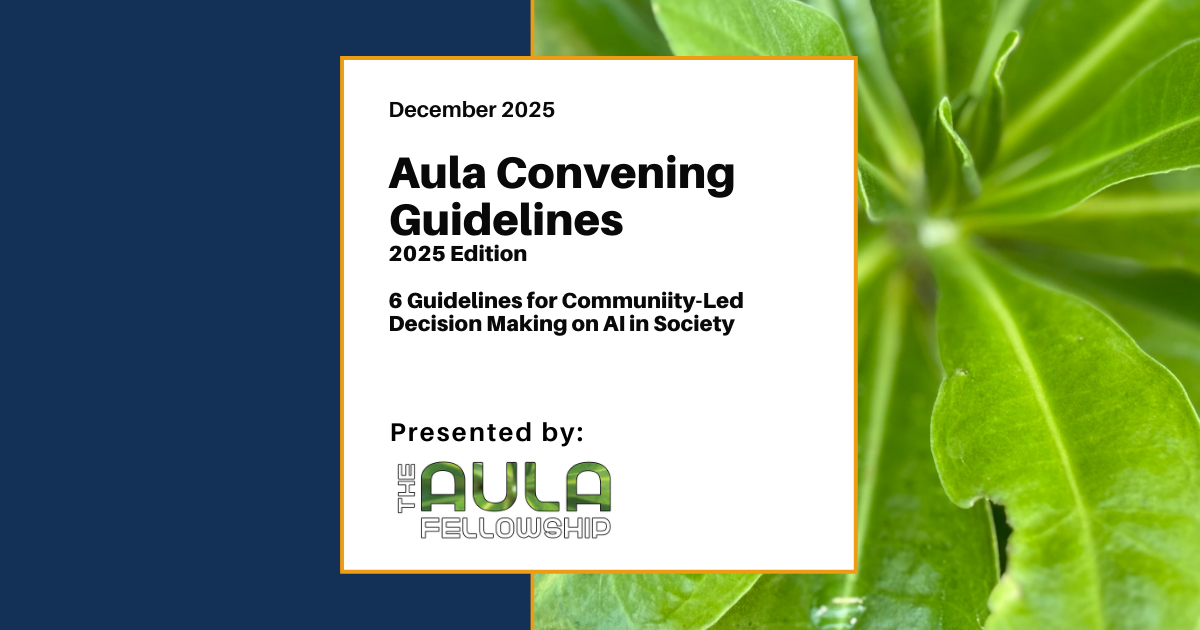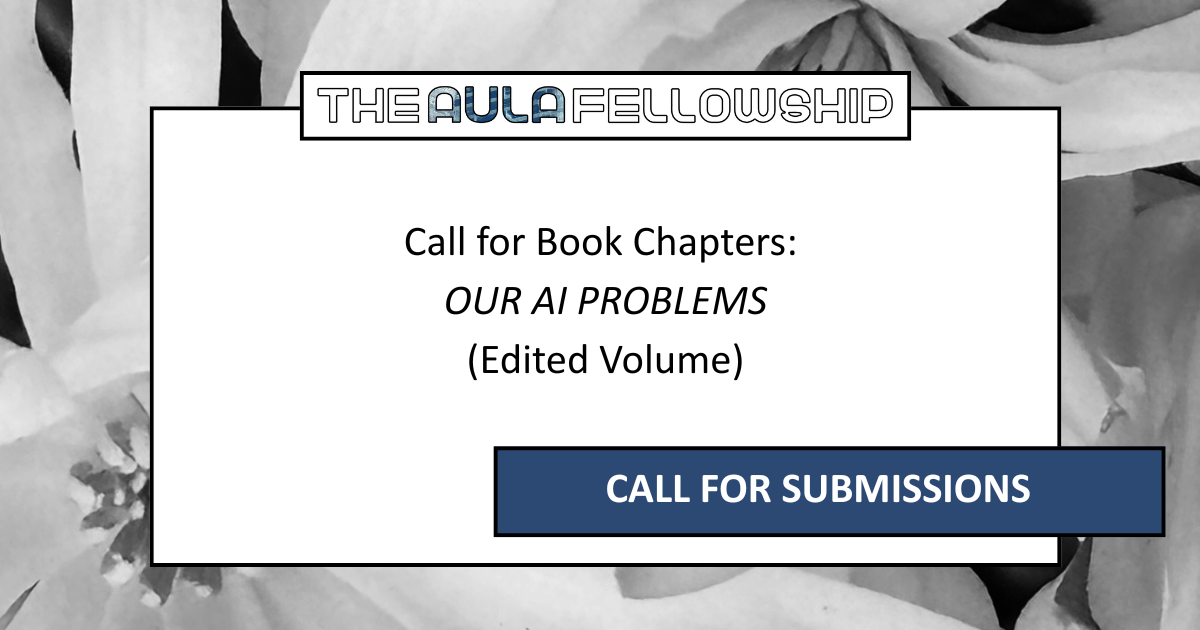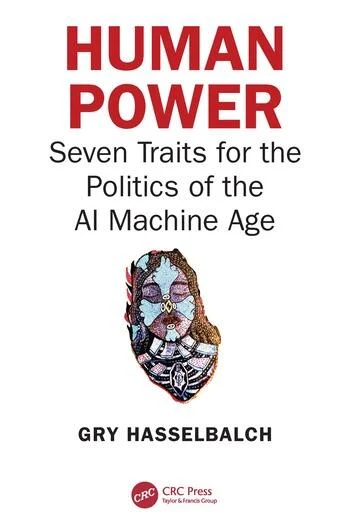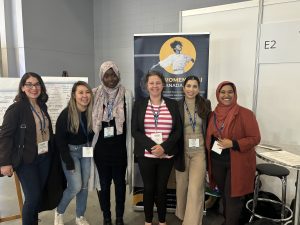The Aula Convening Guidelines, 2025 ed.
These Aula Convening Guidelines are for people working on tech governance and AI in society, these are 6 guidelines for convening communities for legitimate collective decision-making on how AI is implemented in society.
Since our founding in 2023, Aula Fellows have hosted and participated in 100s of conversations in more than 30 countries and regions on AI. We have spoken with people who have a variety of needs, spanning through Learning AI, Living with AI, Working with AI, and Shaping AI.
We have worked through 3 project phases, to develop these guidelines, from the common elements that make for conversations in which communities make decisions about AI. Our goal is not a new type of consultation, but rather to see to it that community convenings are conductive to collective decision making on AI.
In 2026 we will be reaching out to partner organizations to continue to refine these guidelines and to bring them to more groups of people.
They are complete and available now under a Creative Commons license, in this V.01, 2025 Edition.













